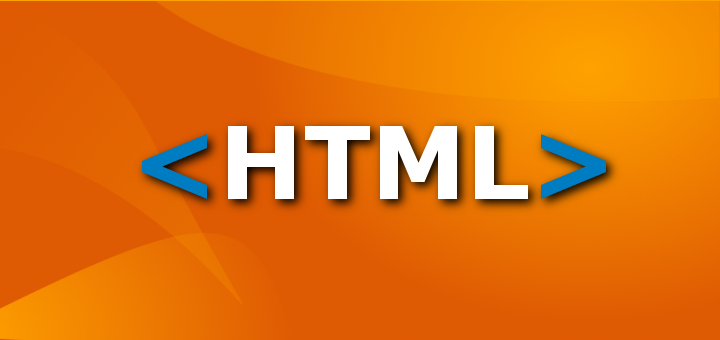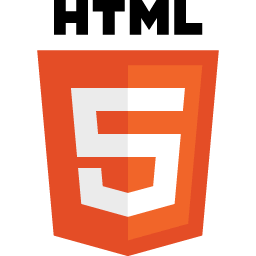
html training in vizag
HTML tutorials, such as HTML 5 tutorials, include both fundamental and sophisticated HTML principles. Our HTML course is designed for both novices and experts. Every subject is covered in detail in our tutorial so that you may learn it quickly and easily. If HTML is new to you, you may learn it from the ground up to a professional level. Once you know HTML, CSS, and JavaScript, you can make your own dynamic, interactive website. But from now on, this tutorial will solely cover HTML.
- HTML stands for HyperText Markup Language.
- HTML is used to create web pages and web applications.
- HTML is widely used language on the web.
- We can create a static website by HTML only.
- Technically, HTML is a Markup language rather than a programming language.
HTML Example with HTML Editor
You will find numerous HTML examples in this tutorial, with at least one example and explanation for every topic. Our online HTML editor allows you to change and run these examples as well. It’s easy to learn HTML and a lot of fun to learn.
- <!DOCTYPE>
- <html>
- <head>
- <title>Web page title</title>
- </head>
- <body>
- <h1>Write Your First Heading</h1>
- <p>Write Your First Paragraph.</p>
- </body>
- </html>
What is HTML
Hyper Text Markup Language, or HTML, is an acronym for the language used to create online pages and web applications. Let’s examine the definitions of a web page and hypertext markup language.
Hypertext: is a term that translates to “text within text.” A hypertext is a text that has links. You have clicked on a hypertext any time you click on a link that opens in a new window. Linking two or more web pages (HTML documents) together is known as hypertext.
Markup language: A computer language used to apply formatting and layout principles to text documents is known as a markup language. Text becomes more dynamic and interactive with markup language. Text can be transformed into photos, tables, links, and more.
Web Page: A web browser translates a document that is typically written in HTML into a web page. You can identify a web page by typing its URL. There are two types of Web pages: dynamic and static. Static web pages can only be made with HTML assistance.
Hence, HTML is a markup language which is used for creating attractive web pages with the help of styling, and which looks in a nice format on a web browser. An HTML document is made of many HTML tags and each HTML tag contains different content.
Let’s see a simple example of HTML.
- <!DOCTYPE>
- <html>
- <head>
- <title>Web page title</title>
- </head>
- <body>
- <h1>Write Your First Heading</h1>
- <p>Write Your First Paragraph.</p>
- </body>
- </html>
Description of HTML Example
html training in vizag
<!DOCTYPE>: It defines the document type or it instruct the browser about the version of HTML.
<html > :This tag informs the browser that it is an HTML document. Text between html tag describes the web document. It is a container for all other elements of HTML except <!DOCTYPE>
<head>: It should be the first element inside the <html> element, which contains the metadata(information about the document). It must be closed before the body tag opens.
<title>: As its name suggested, it is used to add title of that HTML page which appears at the top of the browser window. It must be placed inside the head tag and should close immediately. (Optional)
<body> : Text between body tag describes the body content of the page that is visible to the end user. This tag contains the main content of the HTML document.

<h1> : Text between <h1> tag describes the first level heading of the webpage.
<p> : Text between <p> tag describes the paragraph of the webpage.
Brief History of HTML
Tim Berners-Lee, a physicist and CERN contractor, suggested a system for CERN researchers in the late 1980s. He proposed an internet-based hypertext system in a memo he wrote in 1989.
The originator of HTML is regarded as Tim Berners-Lee. Tim suggested “HTML Tags” as the first document that described HTML, and it was published in late 1991. We will learn about HTML5, the most recent version of the language, later in this course.
HTML Versions
Since the time HTML was invented there are lots of HTML versions in market, the brief introduction about the HTML version is given below:
HTML 1.0: The first version of HTML was 1.0, which was the barebones version of HTML language, and it was released in1991.
HTML 2.0: This was the next version which was released in 1995, and it was standard language version for website design. HTML 2.0 was able to support extra features such as form-based file upload, form elements such as text box, option button, etc.
HTML 3.2: HTML 3.2 version was published by W3C in early 1997. This version was capable of creating tables and providing support for extra options for form elements. It can also support a web page with complex mathematical equations. It became an official standard for any browser till January 1997. Today it is practically supported by most of the browsers.
HTML 4.01: HTML 4.01 version was released on December 1999, and it is a very stable version of HTML language. This version is the current official standard, and it provides added support for stylesheets (CSS) and scripting ability for various multimedia elements.
HTML5 : HTML5 is the newest version of HyperText Markup language. The first draft of this version was announced in January 2008. There are two major organizations one is W3C (World Wide Web Consortium), and another one is WHATWG( Web Hypertext Application Technology Working Group) which are involved in the development of HTML 5 version, and still, it is under development.
Features of HTML
1) The language is really basic and easy. It is simple to comprehend and adjust.
2) Because HTML contains so many formatting tags, creating an effective presentation with it is quite simple.
3) Because it is a markup language, it offers an adaptable means of creating web pages in addition to text.
4) It makes it easier for programmers to add links to web pages (using the html anchor tag), which increases user interest in surfing.
5) Because it can be viewed on any platform, including Windows, Linux, Macintosh, etc., it is platform-independent.
6) It makes it easier for programmers to enhance web sites with graphics, videos, and sound, making them more visually appealing and interactive.
7) Because HTML is a case-insensitive language, we can use either upper- or lower-case tags.




 Previous Post
Previous Post Next Post
Next Post